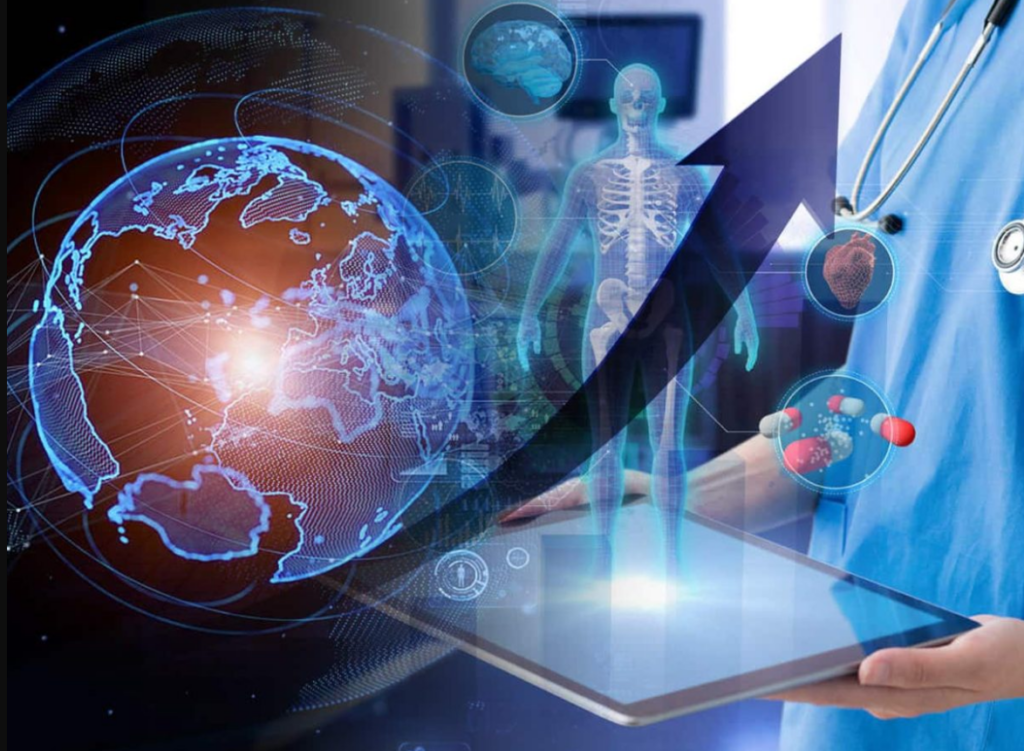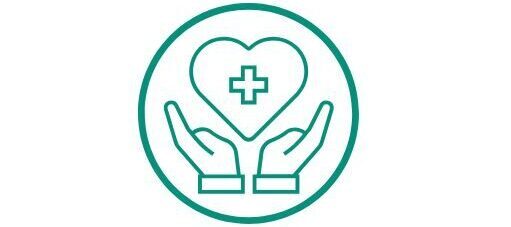Health technology has undergone rapid evolution, reshaping the landscape of healthcare delivery, diagnostics, and patient care. From AI-driven diagnostics to wearable devices, the past decade has seen a boom in health technology innovations. These advancements aim to improve patient outcomes, streamline healthcare delivery, and enhance accessibility. This post delves into the most transformative health technology innovations, their impact on healthcare systems, and what these changes mean for the future of medicine.
Why Health Technology Innovations Matter
Health technology innovations are not merely about fancy gadgets or complex algorithms. They are essential tools that address fundamental healthcare challenges, including patient accessibility, affordability, accuracy of diagnoses, and quality of treatment. As healthcare demands increase with a growing global population, technology bridges the gap between patient needs and healthcare provider capacity.
Key Health Technology Innovations and Their Impact
1. Artificial Intelligence (AI) in Healthcare
How AI Improves Diagnostic Accuracy
Artificial Intelligence has emerged as one of the most impactful tools in health technology. Machine learning algorithms now aid in analyzing vast amounts of medical data to detect patterns and diagnose diseases more accurately and swiftly. AI-powered imaging tools, for instance, have shown remarkable accuracy in detecting cancers, neurological conditions, and cardiovascular diseases from MRI, CT scans, and X-rays.
The Role of AI in Personalized Medicine
AI technology also facilitates personalized medicine by analyzing a patient’s genetics, lifestyle, and history to recommend specific treatments. This innovation supports more effective therapies and reduces adverse effects, leading to better patient outcomes.

2. Telemedicine: Bringing Healthcare to Patients’ Doorsteps
Expanding Access to Healthcare
Telemedicine platforms connect patients with healthcare providers without the need for a physical visit. This innovation has proven vital, especially in underserved and rural areas where healthcare facilities are limited. By utilizing video calls, phone consultations, and online medical records, telemedicine expands healthcare accessibility and convenience.
The COVID-19 Impact on Telemedicine
During the COVID-19 pandemic, telemedicine rapidly expanded, allowing millions to access healthcare safely. This shift highlighted the importance of remote healthcare and has cemented telemedicine as an integral part of the healthcare system moving forward.
3. Wearable Health Devices: Monitoring Health in Real Time
Tracking Vital Signs with Wearable Tech
Wearable devices, such as smartwatches and fitness trackers, have become increasingly popular for monitoring health. These devices track vital signs, physical activity, sleep patterns, and even blood oxygen levels, empowering users to manage their health proactively. Data from wearables also allow healthcare providers to make more informed decisions based on continuous monitoring.
Applications in Chronic Disease Management
Wearables have significant implications for managing chronic diseases like diabetes and hypertension. Continuous glucose monitors, for instance, help diabetic patients keep their blood sugar levels under control, reducing the risks of complications.
4. Robotics in Surgery and Rehabilitation
Enhanced Precision in Surgical Procedures
Robotic-assisted surgeries have transformed surgical procedures, providing unmatched precision, flexibility, and control. Robots can perform delicate operations through tiny incisions, reducing trauma and speeding up recovery times for patients.
Improving Rehabilitation Outcomes with Robotic Technology
Robotics in rehabilitation therapy helps patients regain mobility after strokes, injuries, or surgeries. Robotic devices can aid in physical therapy by guiding patients through specific movements, tracking their progress, and adapting to their recovery pace.
5. Blockchain for Health Data Security
Ensuring Secure and Transparent Data Sharing
Blockchain technology offers a solution for securely storing and sharing health data. The decentralized and encrypted nature of blockchain ensures patient data remains secure and accessible only to authorized individuals, reducing the risk of data breaches.
Enhancing Data Interoperability
Blockchain can facilitate data interoperability across various healthcare systems, allowing providers to access patient records quickly and efficiently. This innovation is essential for improving the coordination and continuity of patient care.
6. 3D Printing in Healthcare: From Prosthetics to Bioprinting
Customizable Prosthetics and Implants
3D printing allows for the rapid production of customizable prosthetics, implants, and even surgical instruments. This innovation significantly reduces the cost and wait time for patients in need of personalized medical devices.
Bioprinting: The Future of Organ Transplantation
One of the most revolutionary applications of 3D printing is bioprinting, which involves creating living tissues for organ transplantation. Although still in experimental stages, bioprinting holds promise for addressing organ shortages and providing patients with more options for life-saving treatments.
7. Virtual Reality (VR) and Augmented Reality (AR) in Medical Training
Training Surgeons and Medical Staff
Virtual Reality (VR) and Augmented Reality (AR) technologies create immersive training experiences for medical professionals. VR simulations allow surgeons to practice complex procedures in a controlled, risk-free environment, while AR overlays can guide them in real-time during actual surgeries.
Patient Education and Pain Management
AR and VR are also valuable for patient education and pain management. VR experiences can help patients understand their medical conditions or distract them during painful procedures, making healthcare more comfortable and approachable.
8. Genomics and Gene Editing
Advances in Precision Medicine
Genomics and gene editing technologies, such as CRISPR, have opened new possibilities in precision medicine. By understanding a patient’s genetic makeup, healthcare providers can predict disease risks, develop targeted treatments, and potentially even cure genetic disorders.
The Ethical Considerations of Gene Editing
However, gene editing also raises ethical concerns, including the potential for unintended consequences and the need for strict regulations. Responsible use of genomics is essential to balance innovation with ethical considerations in healthcare.
9. Internet of Medical Things (IoMT)
Creating a Connected Healthcare Ecosystem
The Internet of Medical Things (IoMT) refers to a network of connected medical devices that collect, analyze, and transmit health data. This innovation enables real-time patient monitoring and can alert healthcare providers in case of emergencies.
Improving Chronic Disease Management with IoMT
IoMT is particularly beneficial for patients with chronic diseases. Devices connected through IoMT can monitor and manage patients’ conditions remotely, ensuring timely interventions and improving their quality of life.
Addressing Challenges in Health Technology Innovations
While health technology innovations are transformative, they also come with unique challenges. Ensuring patient privacy, managing the high costs of advanced technology, and addressing regulatory and ethical concerns are vital for the responsible use of these innovations. Additionally, healthcare providers must receive adequate training to fully leverage these technologies without compromising patient care.
Privacy Concerns and Data Security
With the rise of data-driven healthcare, protecting patient privacy has become paramount. Regulations like the General Data Protection Regulation (GDPR) and the Health Insurance Portability and Accountability Act (HIPAA) set standards for data security, but ongoing efforts are essential to safeguard sensitive health information.
Addressing High Costs and Accessibility
Health technology can be expensive, posing a barrier to widespread adoption, especially in low-income regions. Governments, non-profits, and private sector collaborations are essential in making these technologies more affordable and accessible.
Conclusion
Health technology innovations are transforming healthcare by improving diagnostic accuracy, enhancing accessibility, and creating personalized patient experiences. These advancements hold the promise of addressing some of the most pressing healthcare challenges today. As technology continues to evolve, so will healthcare, with new innovations paving the way for a healthier future for all.
In the coming years, the integration of these technologies will reshape the healthcare landscape, empowering both patients and providers to make more informed decisions. Embracing these innovations responsibly and ethically will be key to realizing their full potential in improving patient outcomes and making healthcare accessible to all.

